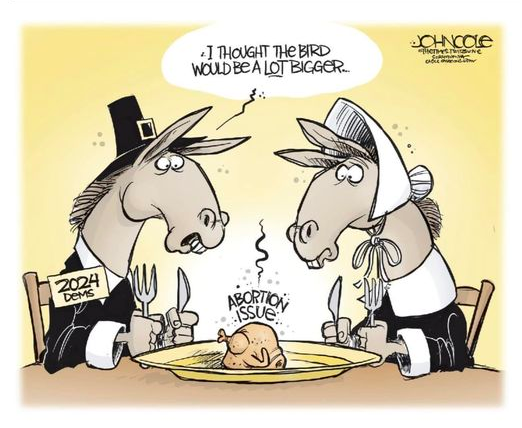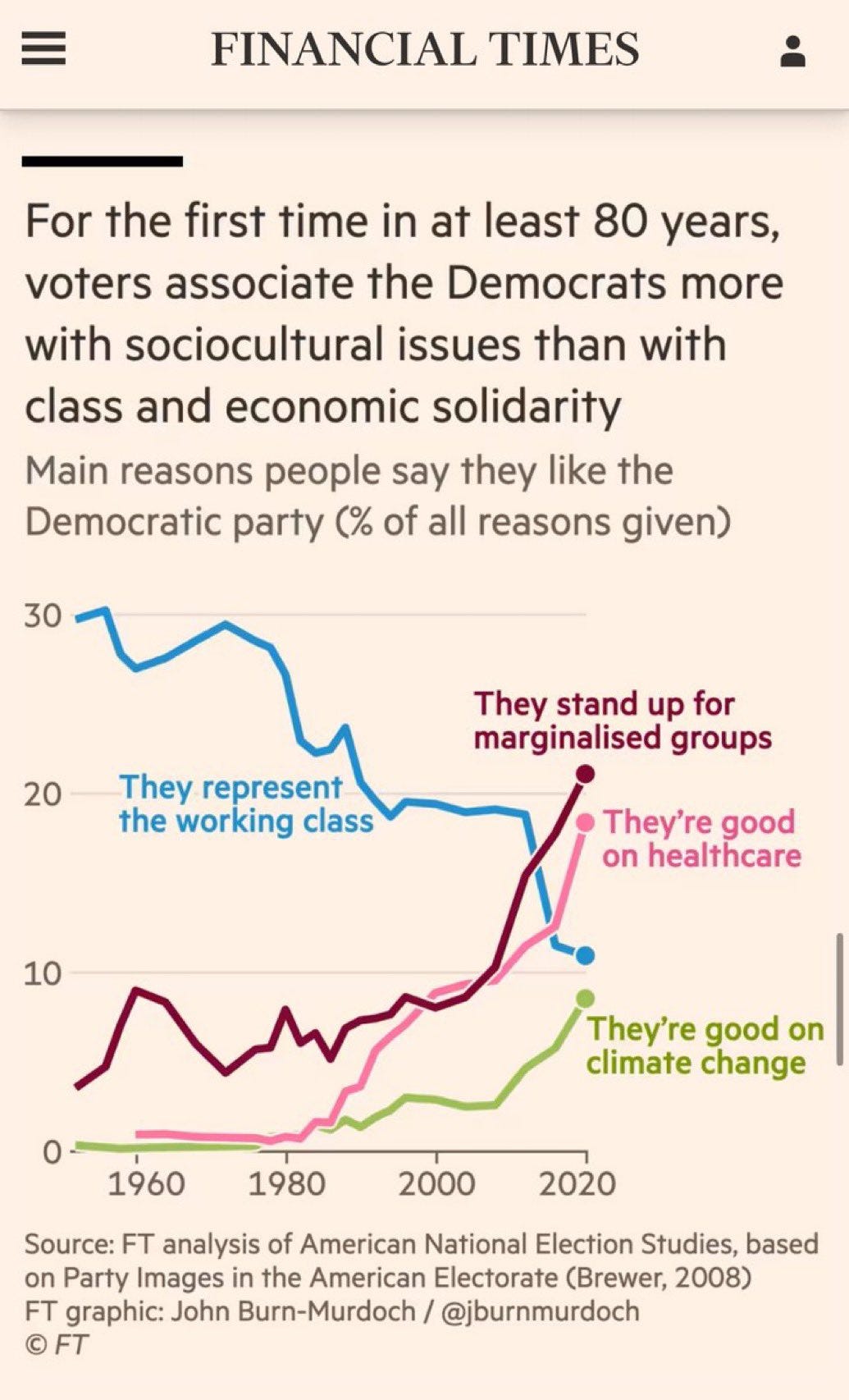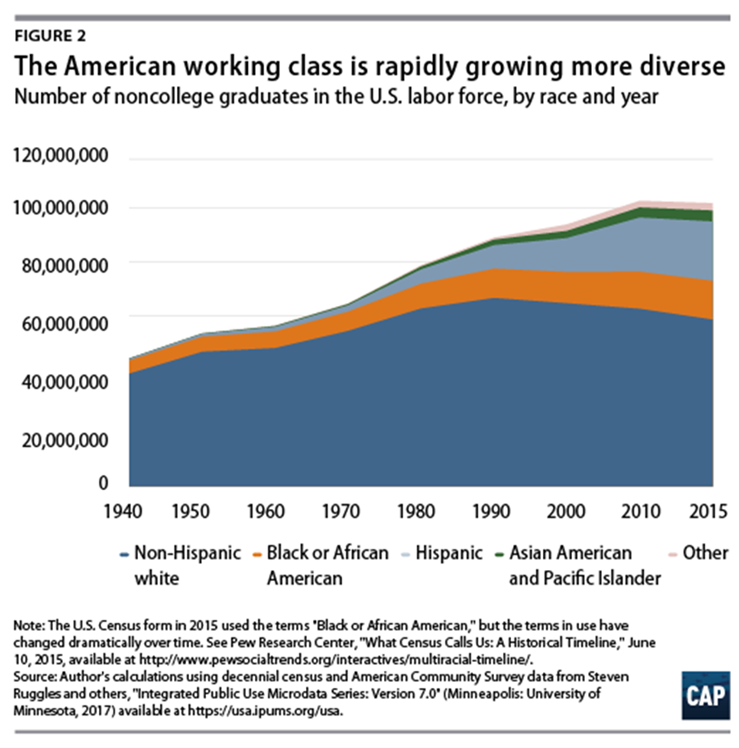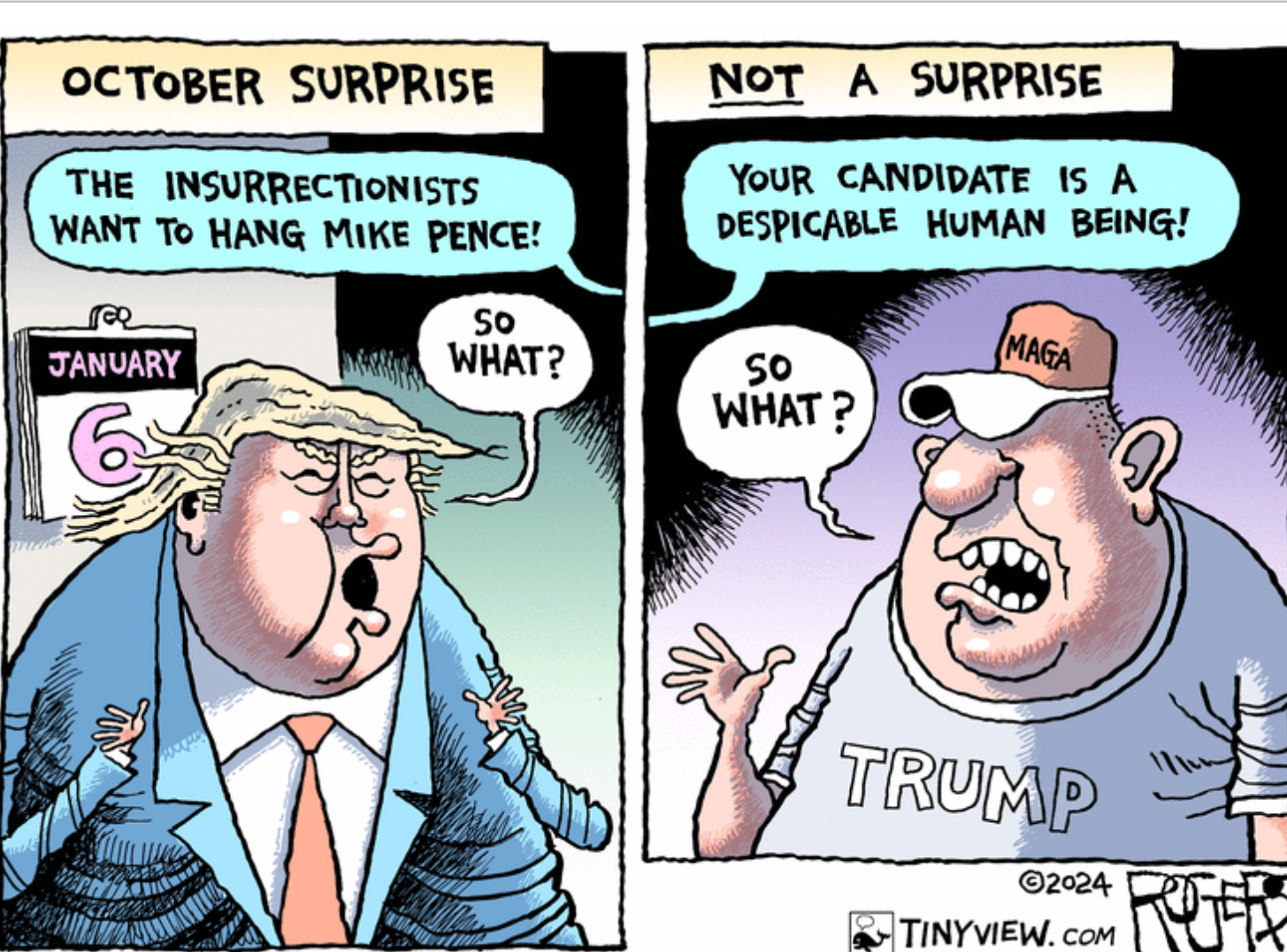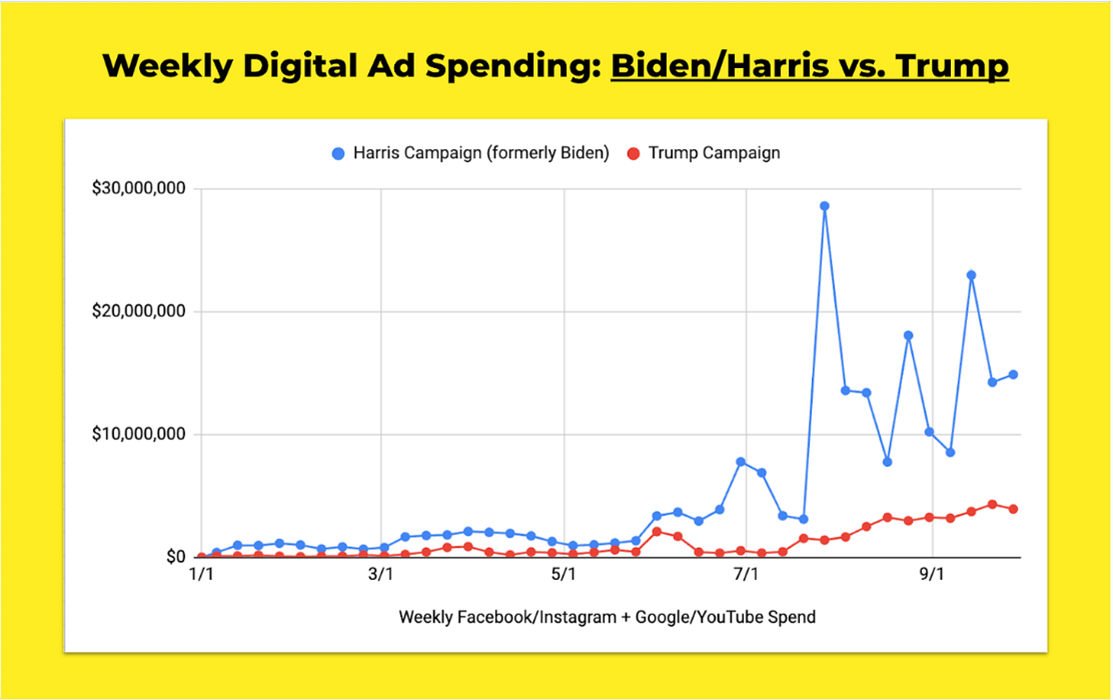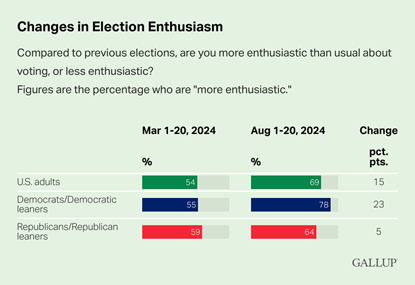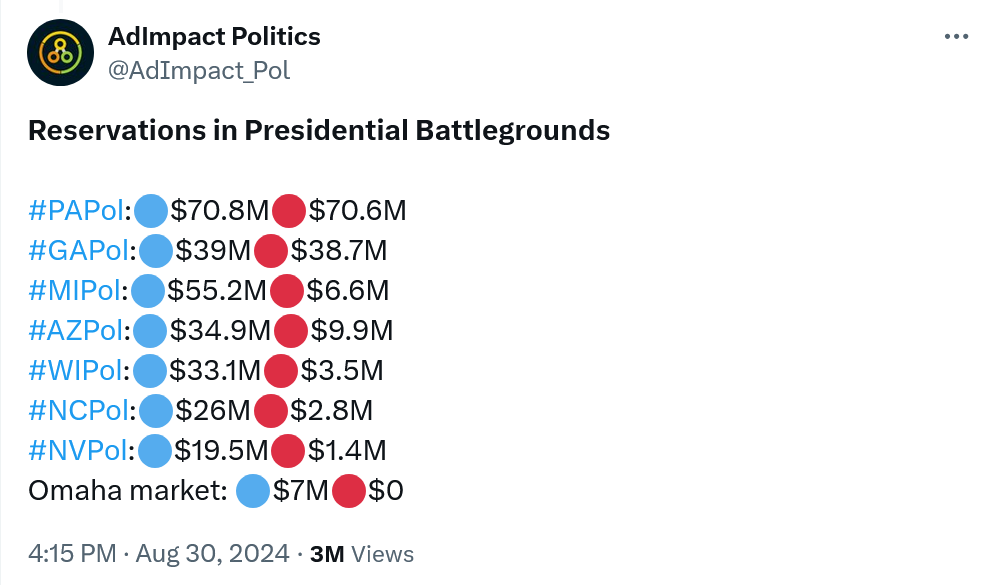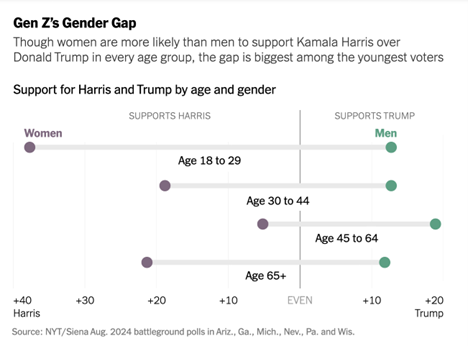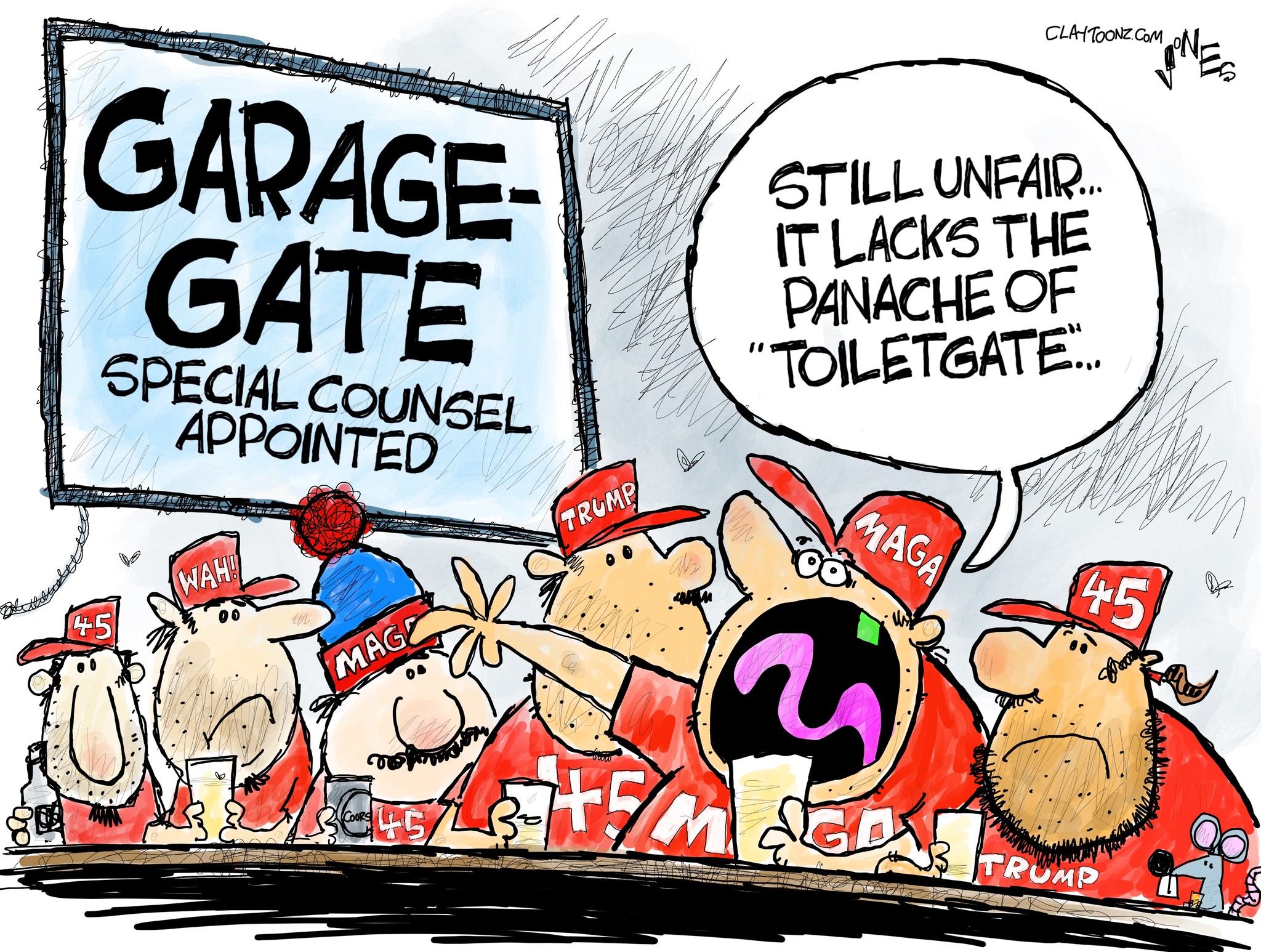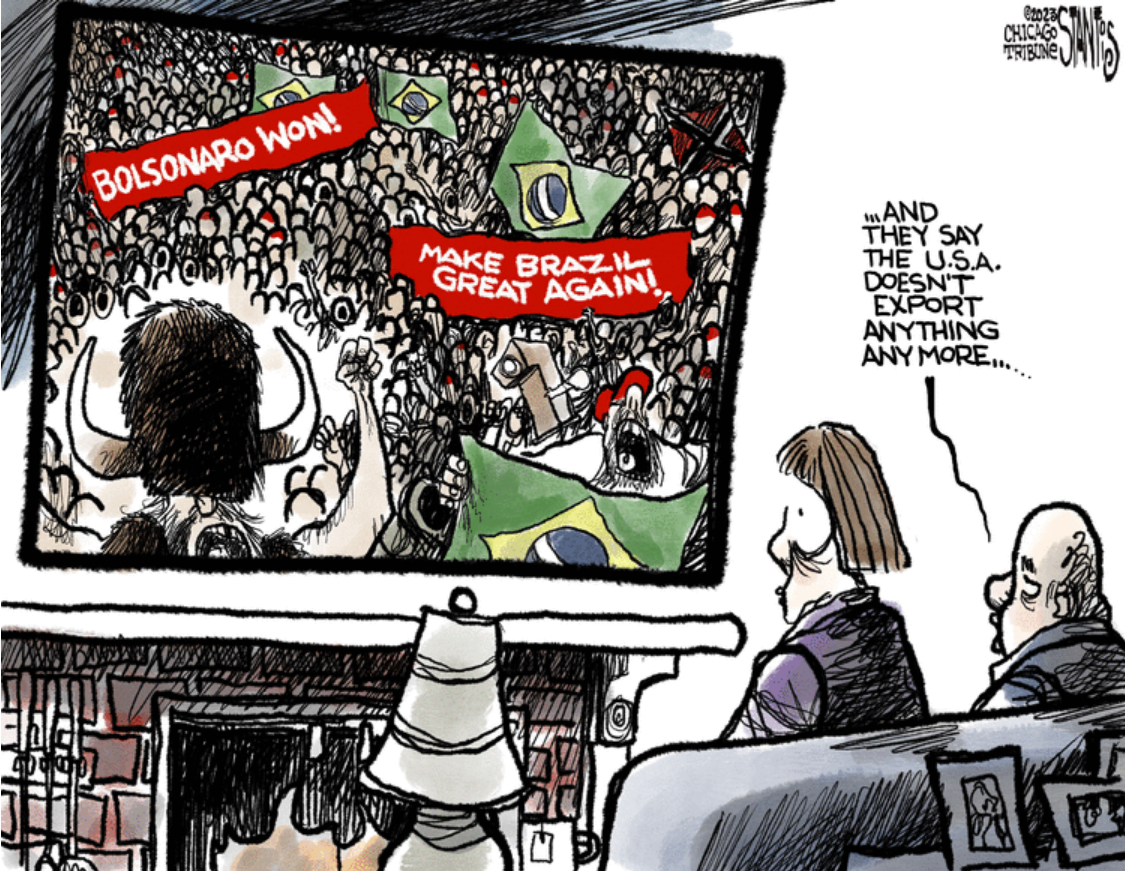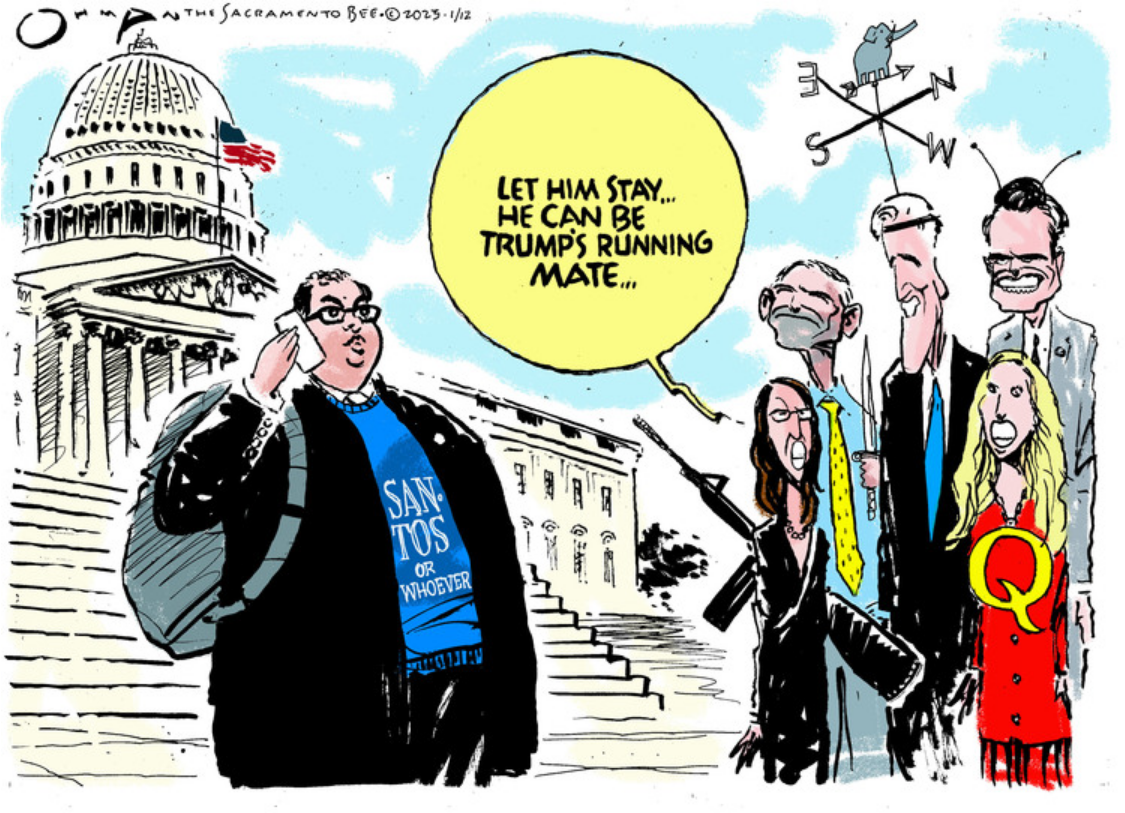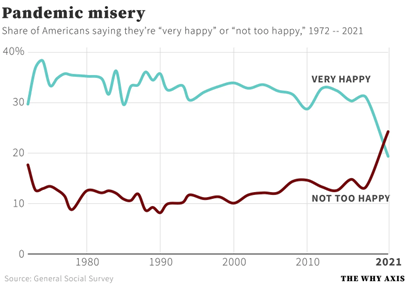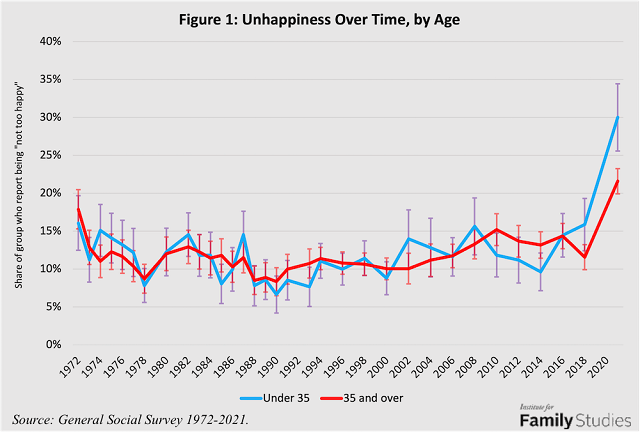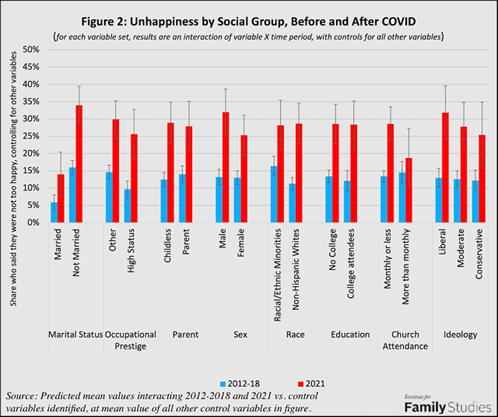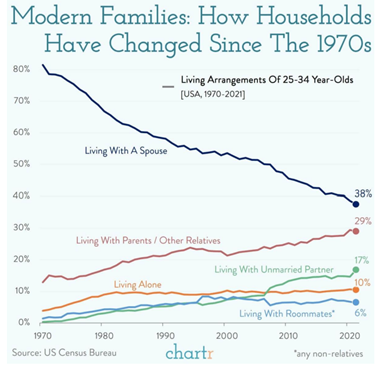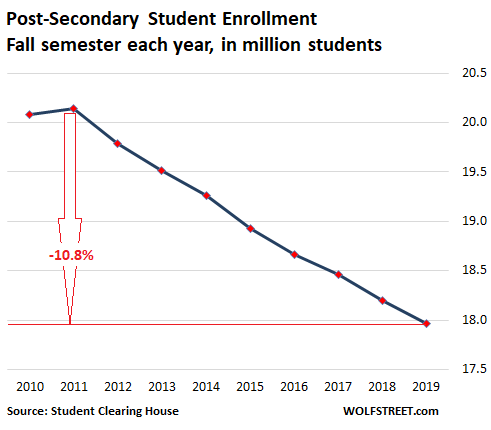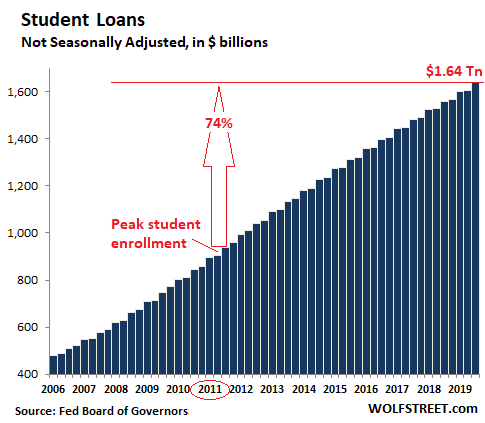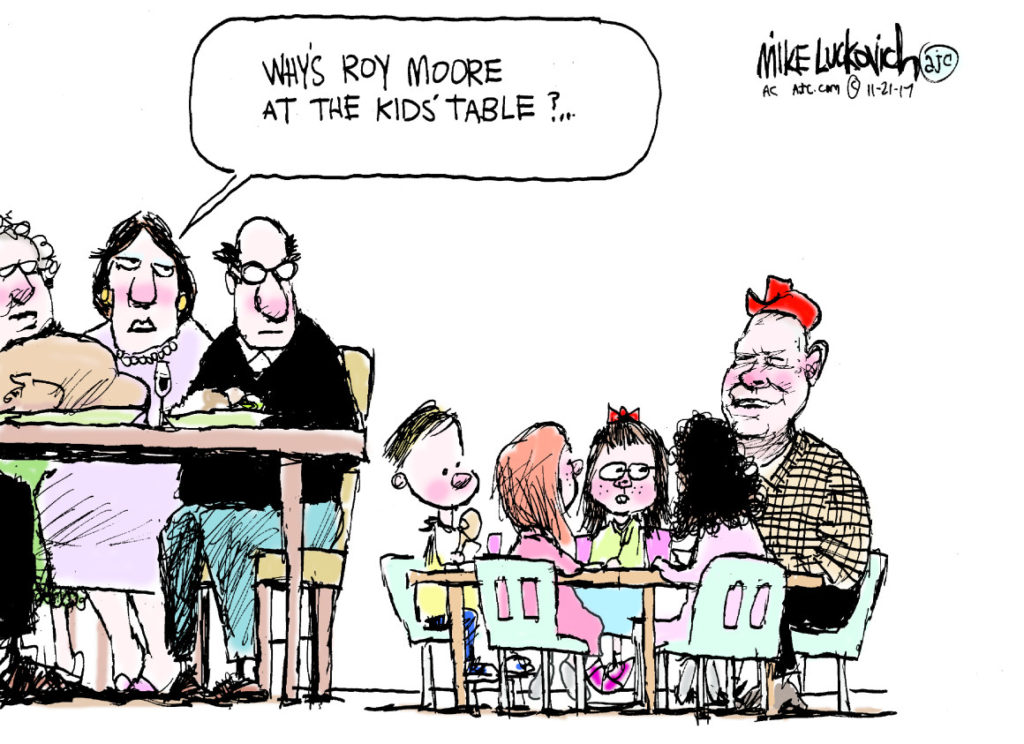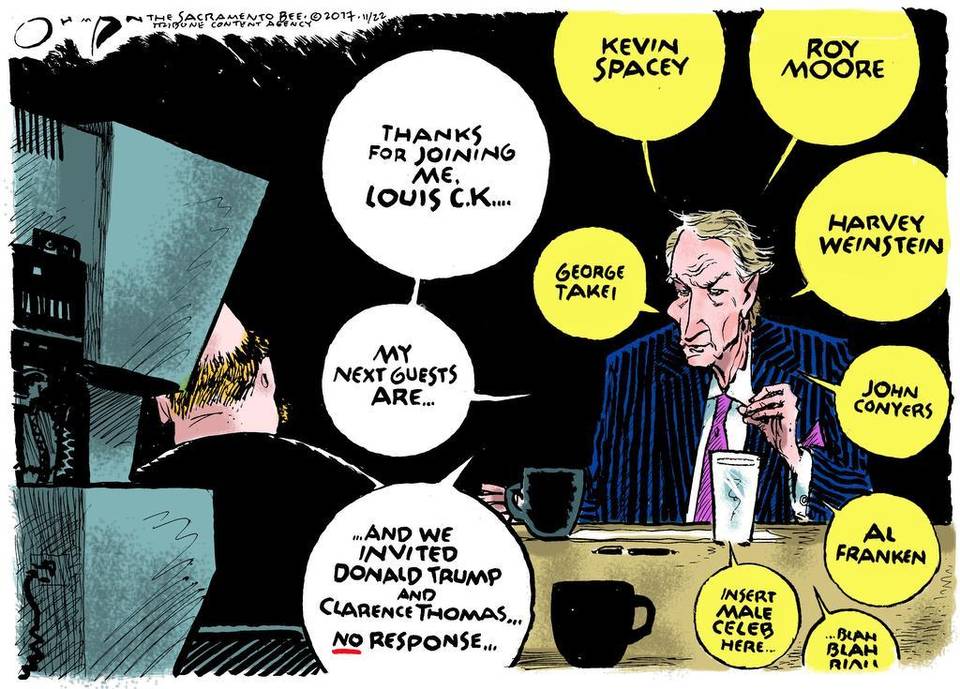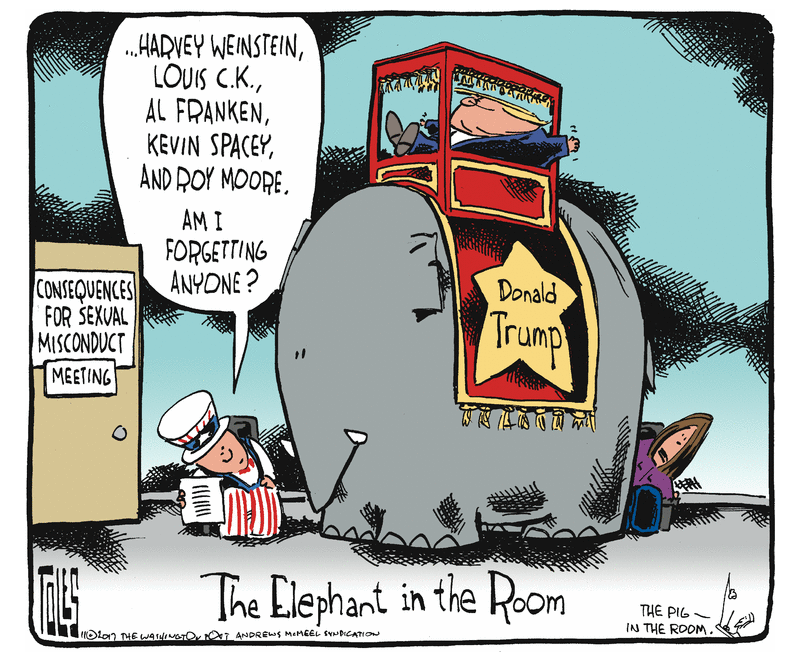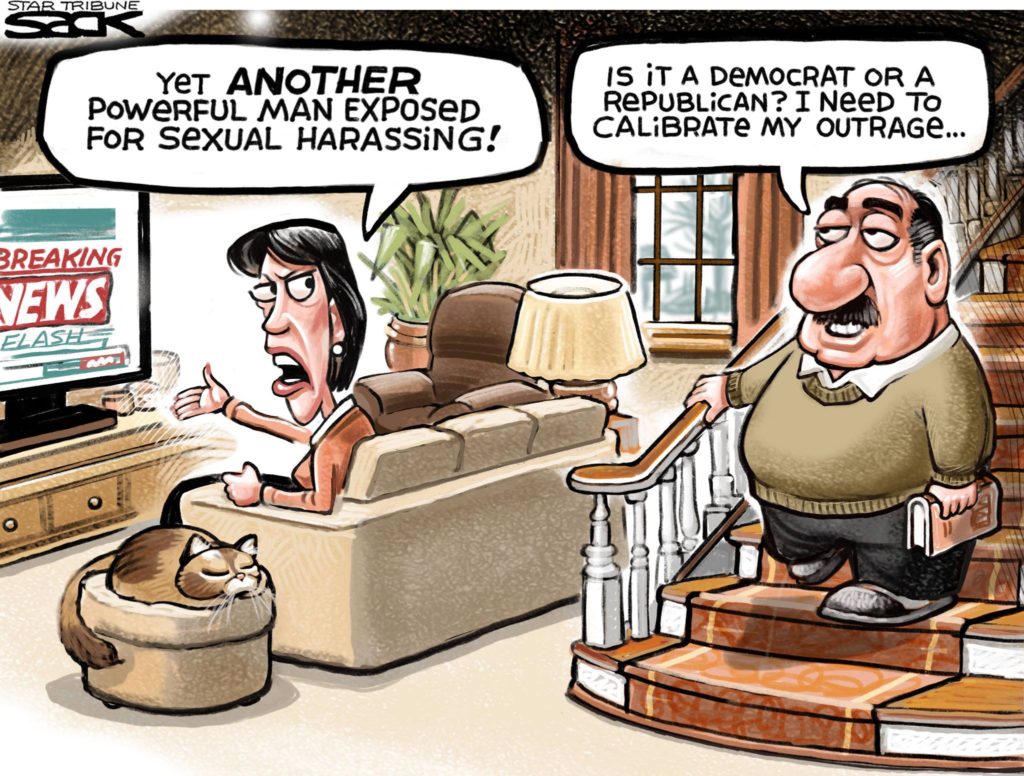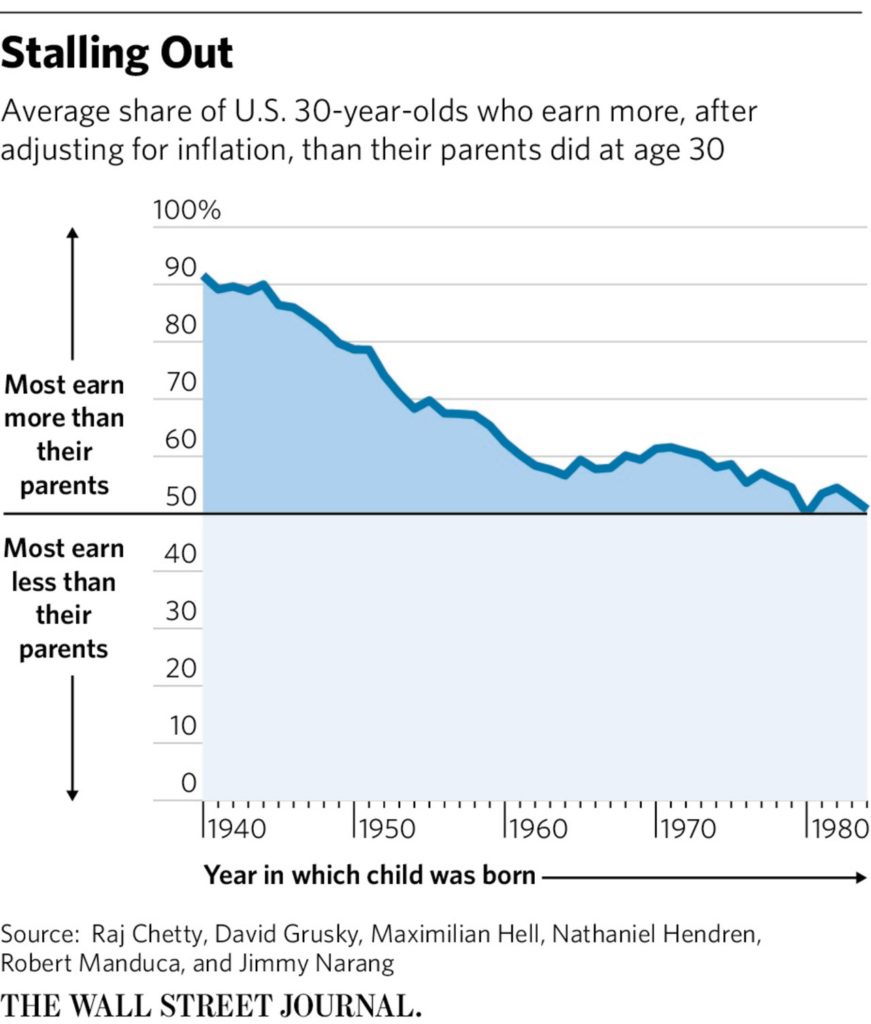The Daily Escape:
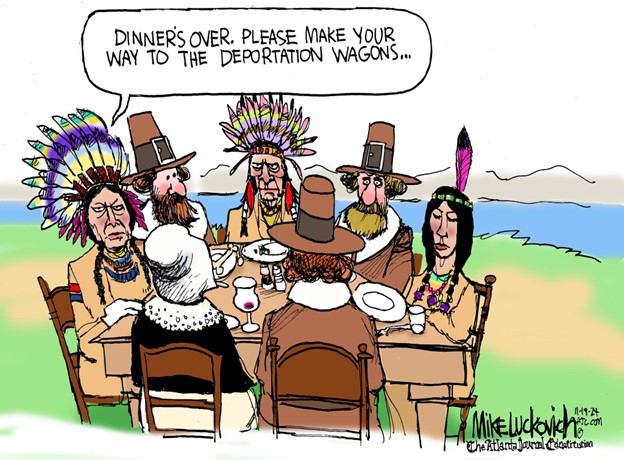
Wrongo’s writing about how to Resist the Trump administration has focused on how in 2024 we didn’t target our messaging at the family or at workers. Those lessons give insight into how to persuade voters in 2026 and beyond when Trump promises to be deeply unpopular. A third lesson is how Harris failed to hold on to the youth vote after a promising start.
One of the biggest stories of the 2024 election was Trump’s gains with young voters, particularly young men. To understand the youth vote, we turn to John Della Volpe (JDV), the director of polling at Harvard’s Kennedy School of Government, and one of the leading experts on the youth vote in America.
From JDV in the NYT: (emphasis by Wrongo)
“Democratic Party leaders did not listen deeply to and earn the trust of young voters, who could have helped her prevail in Michigan and other swing states. As a pollster who focuses on the hopes and worries of these Americans, losing to Donald Trump — not once but twice — represents a profound failure. Ms. Harris’s campaign needed to shift about one percentage point of voters across Pennsylvania, Michigan, and Wisconsin to secure the presidency, but instead struggled in college towns like Ann Arbor, Mich., and other blue places. Think about that: Flipping just one in every hundred voters would have stopped the likelihood of mass deportations, tax cuts for the wealthy, rollbacks of L.G.B.T.Q. protections and the reversal of climate regulations.”
The story from the last six presidential elections is simple: When Democrats capture 60% of the youth vote, like Biden did in 2020 and Obama in 2008 and 2012, they win the White House. Harris garnered just 54%. Looking at CNN’s exit polls, Biden’s 24-point average margin among young voters in the seven battleground states collapsed to just 13 points under Harris, failing to hold 2020 margins among both young men and women.
The most dramatic shift came among the youngest voters (18-24), who swung 22 points to the Right from 2020, while their slightly older peers (25-29) showed more stability.
Wrongo has written before about how to reach the young voter. Reaching them required using different media than reaching the older generations. The young are largely on social media.
From NBC:
“…a new Pew Research Center survey reveals just how impactful so-called news influencers are in the current information ecosystem. About 21% of U.S. adults are turning to news influencers for information, with most saying creators “helped them better understand current events and civic issues,…”
Here’s a chart that breaks down how many people get news from influencers:
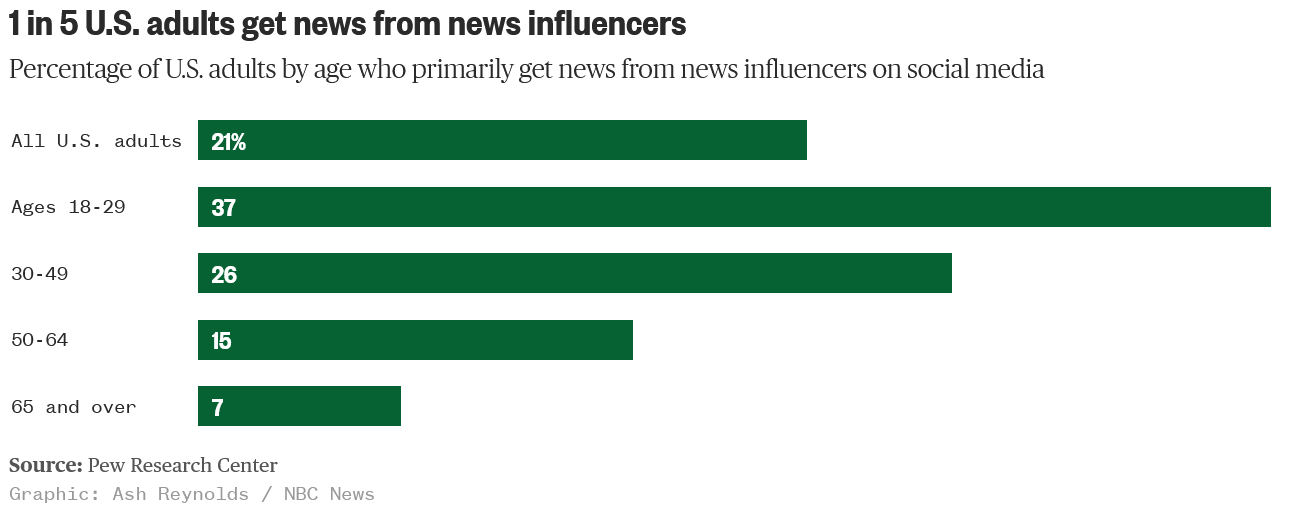
The number was highest among young adults, with 37% of people ages 18 to 29 saying they turn to influencers for news.
(Pew surveyed 10,000 adults and analyzed 500 news influencers, which it defined as individuals who regularly post about current events and have over 100,000 followers on Facebook, Instagram, TikTok, X or YouTube).
The gap in Harris’s youth strategy was a failure to address the 37% where they get their news. And to provide persuasive messaging that resonated with their interests.
At the end of the 2024 campaign, nearly all of Trump’s media interactions were with Right-leaning podcasters with massive social media followings. The GOP has actively tried to support their influencers with interviews and attention. While Kamala Harris did appear on the popular Call Her Daddy podcast, most Democrats kept podcasters and news influencers at arm’s length.
From JDV:
“The youth vote that emerged in 2024 defied every partisan prediction and stereotype – it was something entirely new. Generation Z maintained progressive positions on social issues while showing deep skepticism of foreign intervention. They combined concerns about economic inequality with support for free trade. They rated Trump higher on pure leadership while backing Harris overall.”
The vote shift from blue to red in college towns like Ann Arbor was staggering; in some University of Michigan precincts, the vote shifted 20 points toward Mr. Trump in just four years.
From Dan Peiffer:
“Democrats must radically reshape how we think about reaching the public. During the careers of powerful Democratic Party members (especially President Biden and some folks in the Senate), the press was the best way to reach the public….That world is gone, but too many folks in our party still run to CNN or the New York Times when they have news to make.’
More: (emphasis by Wrongo)
“We need to widen the aperture when we think of the media. We must include folks who don’t have a White House press pass. We must learn to reach the voters who don’t pay attention to traditional news. We have to aggressively support the nascent progressive media ecosystem. Most importantly, we have to recognize that politics in 2024 is information warfare, and we are getting our asses kicked.”
In the campaign’s final weeks, Trump pulled out of interviews with CNBC and NBC News. He turned down a prime-time CNN town hall. In fact, Trump didn’t do a single interview with a traditional news outlet in the campaign’s final stretch. No national broadcast interviews, no sit-downs with local TV anchors or newspapers journalists.
The winning candidate ignored the traditional media, focusing instead on partisan media outlets and politics-adjacent podcasts. While this change isn’t new, it seems clear that 2024 was a pivot point for the role of the legacy media in politics.
The biggest lesson is that the youth vote is reached by influencers. Our older-than-dirt politicians need to give way to the younger pols who can survive on social media. We need a generational shift in who communicates. A younger generation of elected Democrats who prefer to fight back instead of curling into a ball and hope Republicans leave them alone.
Think Josh Shapiro, AOC, Fetterman, Katie Porter, Gretchen Whitmer, Abigail Spanberger and Chris Murphy. There are a hundred others but Harris wasn’t one of them.

